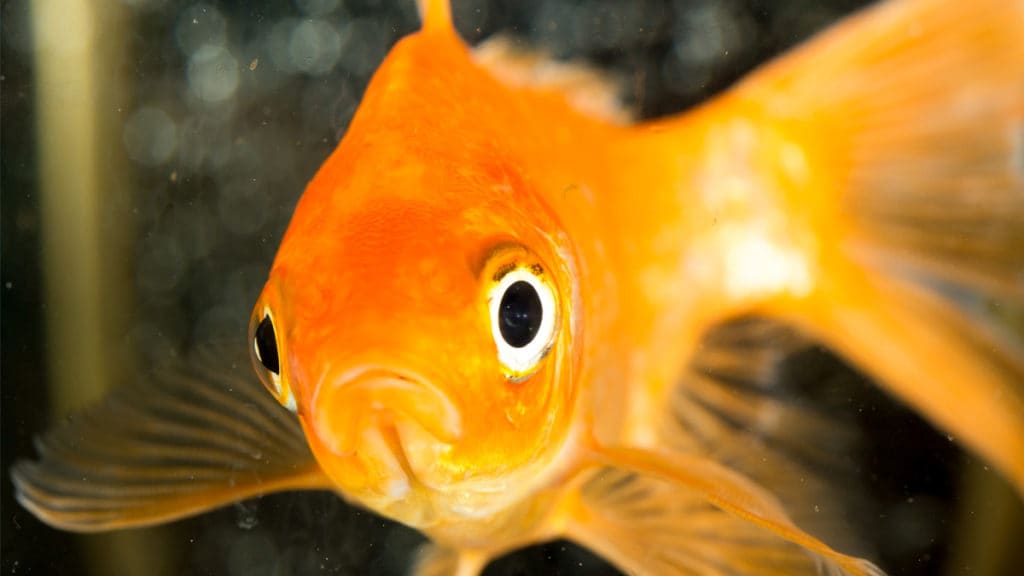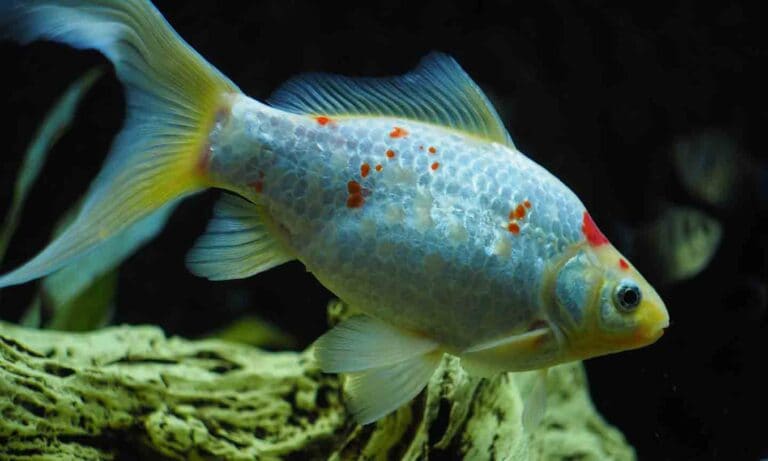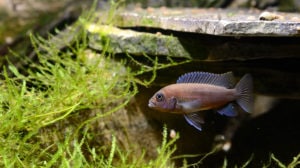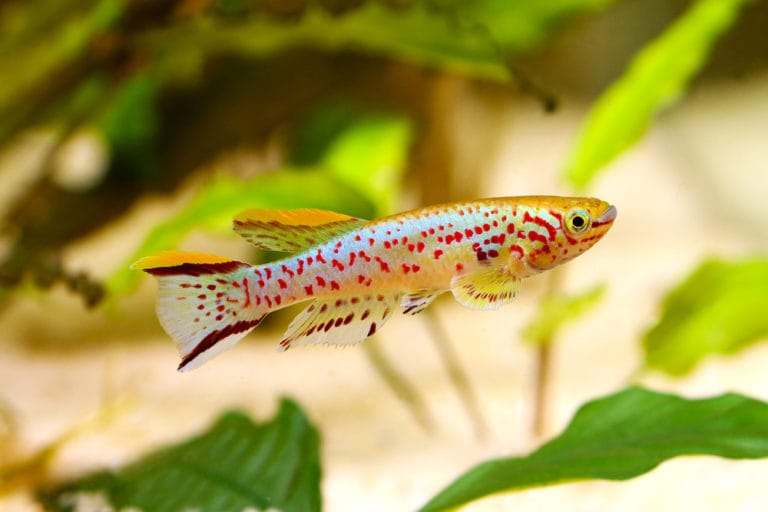Dropsy typically shows up for no apparent reason, and despite the best of care, claims the life of its victim. The term “dropsy” refers to a condition characterized by abdominal swelling that causes the scales in the affected area to stand on end, giving the tropical fish a pineconelike appearance, particularly when viewed from above. Dropsy is not a specific disease but rather a symptom of a deteriorated health condition.
The visible swelling is the result of a tropical fish not being able to regulate the amount of fluid in a part of its body, typically the abdomen, and specifically, most often the visceral cavity that houses a number of organs such as the stomach, intestines, gall bladder and kidney. The failure to regulate fluids is a symptom — so there is usually some other disease involved that starts the process.
Causes
The causes of dropsy are seemingly anything and everything. Although many people tend to think of tropical fish diseases as being caused by specific “bugs” (pathogens) that they then have to get rid of, sometimes the cause is less obvious. In many cases, environmental parameters are at fault. In new setups, water parameter issues, such as elevated ammonia or nitrite levels before the nitrogen cycle is complete, can be the problem, whereas in older setups it could be chronically low pH, due to lack of maintenance. Dropsy can also be brought on by the stress of aggressive tankmates and seems to affect older tropical fish more than younger ones of the same species (in the same living conditions).
At the same time, there are also theories that connect dropsy — or the abdominal swelling we typically associate with dropsy — with actual disease-causing pathogens: internal bacterial infections, parasites, viruses and tumors. In these cases, it can be extremely difficult for a hobbyist to properly diagnose the problem by correctly identifying the causative pathogen, unless the fish in question is sacrificed and dissected. For the average hobbyist without experience in proper fish dissection, a microscope and a good tropical fish disease reference, it can be a rather fruitless exercise because many pathogens can be very difficult to find and identify.
The next issue is obviously what to do about a tropical fish with dropsy. First, dropsy is not contagious. However, if one fish does become affected, other fish in the same fish aquarium — particularly those of the same species — could also be at risk. In such cases, the fish become affected one by one, until there’s no more of that species left (or the causative issue gets resolved). By far, the best example of that phenomenon is when a group of known sensitive tropical fish, such as rams (Mikrogeophagus ramirezi), are kept in inappropriate conditions and develop dropsy one at a time until you are left with either one extra tough ram or none at all.
Prevention
To make a point that is not heard often enough in the hobby, there’s nothing like dropsy to demonstrate that fish disease really ought to be about prevention rather than chemical therapy. At present, there are no medications I know of that can effectively cure a tropical fish stricken with dropsy once the swelling starts, which is about the time that most people first see something is wrong. Unfortunately, once a fish’s abdomen swells and scales raise, it will not recover; the fish will eventually die. With the animal’s welfare in mind, it is best to remove the fish from the fish aquarium and humanely euthanize it. For tropical fish, in my opinion, blunt edge trauma to the head is considered the most appropriate method of euthanasia rather than chilling or freezing, which takes considerably more time and thereby prolongs any discomfort. This is particularly true for goldfish and koi, given their ability to tolerate low water temperatures.
The general consensus seems to imply that if caught in the earliest stages, dropsy can be effectively treated with anti-bacterial medications and/or salt baths. So, how do you catch it in those early stages? In most cases, the fish in question will stop eating fish food, typically a day or two before the swelling starts. It may also hang back at feeding times, and generally stop associating with other fish in the fish aquarium a day or two before that. So, there is often time — but you have to be a keen observer to see the changes in behavior. The very minute that you observe any change in the behavior of your tropical fish, consider what the cause might be.
If the main causes of dropsy are environmental, in theory it should be relatively easy to prevent. Properly research your intended tropical fish purchases to make sure that you can provide the appropriate environment or that the species in question will do well in your aquarium, given its current environmental conditions. Things to consider include the right water parameters (such as pH, temperature, ammonia, nitrite and nitrate), tankmate compatibility, diet requirements and other needs, such as cover and habitat. There are also some species that appear particularly sensitive to dropsy, such as the aforementioned rams, many small barbs (e.g., cherry barbs, Barbus titteya; checker barbs, B. oligolepis; gold barbs, B. schuberti), dwarf gouramis (Colisa lalia), mollies (Poecilia) and goldfish (Carassius auratus). It is probably best to avoid these species until you have some experience maintaining the fish aquarium conditions they need in order to thrive.
Aside from buying the right species for your aquarium, carefully consider your maintenance schedule for the fish aquarium. Maintaining good environmental conditions requires regular water changes, filter maintenance and siphoning of the substrate. These are all important components of a pro-active disease prevention plan. Add to that a varied diet and compatible tankmates, and you should never have to deal with dropsy.
Posted by: Chewy Editorial
Share:









